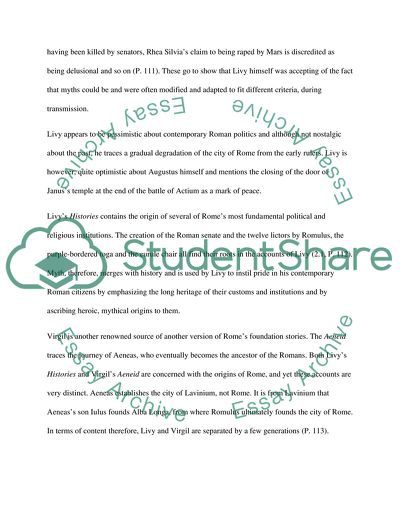Cite this document
(Myth in Rome Term Paper Example | Topics and Well Written Essays - 2000 words, n.d.)
Myth in Rome Term Paper Example | Topics and Well Written Essays - 2000 words. https://studentshare.org/literature/1747371-tma03
Myth in Rome Term Paper Example | Topics and Well Written Essays - 2000 words. https://studentshare.org/literature/1747371-tma03
(Myth in Rome Term Paper Example | Topics and Well Written Essays - 2000 Words)
Myth in Rome Term Paper Example | Topics and Well Written Essays - 2000 Words. https://studentshare.org/literature/1747371-tma03.
Myth in Rome Term Paper Example | Topics and Well Written Essays - 2000 Words. https://studentshare.org/literature/1747371-tma03.
“Myth in Rome Term Paper Example | Topics and Well Written Essays - 2000 Words”. https://studentshare.org/literature/1747371-tma03.


